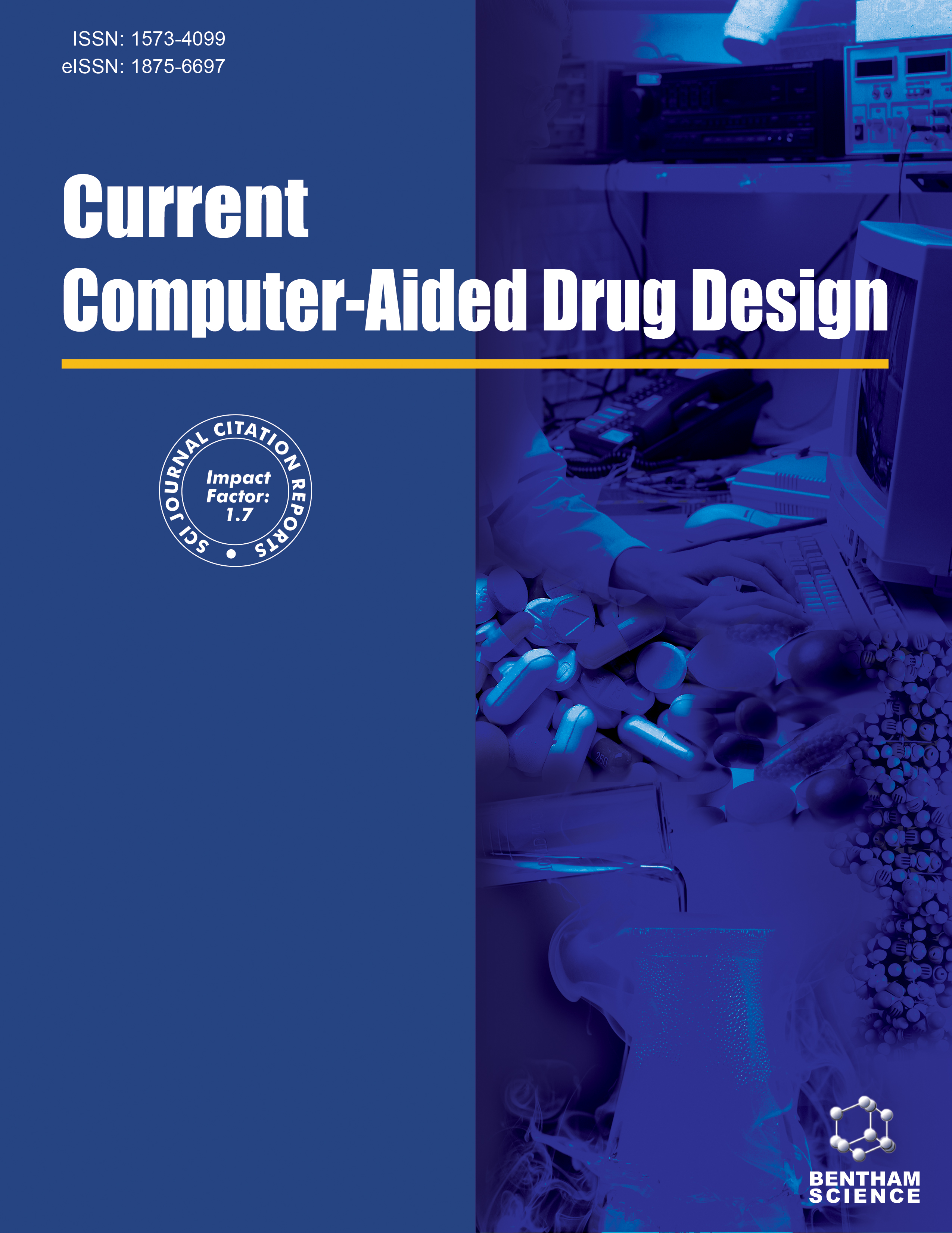- Home
- A-Z Publications
- Current Computer - Aided Drug Design
- Previous Issues
- Volume 4, Issue 1, 2008
Current Computer - Aided Drug Design - Volume 4, Issue 1, 2008
Volume 4, Issue 1, 2008
-
-
Editorial [ Evolving Paradigms in Drug Design and Discovery Guest Editor: Shahul H. Nilar ]
More LessThe cost of bringing a new drug to market has been estimated to be close to a billion US dollars. With the recent failure of promising candidates late in the clinical trial stage and the need to add caution to the use of certain approved drugs, it has become necessary to review and critique the techniques currently used in drug discovery, including the area of computational molecular design. The theme of this guest issue is “Evo Read More
-
-
-
oa Trends in High-Performance Computing Requirements for Computer- Aided Drug Design
More LessAuthors: George Vacek, Dave Mullally and Knute ChristensenComputer-aided drug design (CADD) has become a mainstream component of the drug discovery and development process. High Performance Computing (HPC) provides the power that allows CADD researchers to explore more designs in less time, and some of the greatest improvements in CADD result directly from advances in HPC. This paper examines some of the more significant trends in HPC that influence computer- Read More
-
-
-
oa Changing Paradigms in Drug Discovery: Scientific Business Intelligence™ and Workflow Solutions
More LessAuthors: Shikha Varma-O'Brien, Frank K. Brown, Andrew LeBeau and Robert D. BrownWorkflow solutions driven by data pipelining are increasingly becoming popular for accessing, aggregating and analyzing disparate data to make informed and intelligent decisions. Uses of workflow technologies which facilitate business intelligence (BI) improve productivity, decision making and research efficiency. In order to provide BI in a scientific or clinical based organization, it is imperative that the application or workflo Read More
-
-
-
Novel Algorithms for the Identification of Biologically Informative Chemical Diversity Metrics
More LessAuthors: Bhargav Theertham, Jenna L. Wang, Jianwen Fang and Gerald H. LushingtonDespite great advances in the efficiency of analytical and synthetic chemistry, time and available starting material still limit the number of unique compounds that can be practically synthesized and evaluated as prospective therapeutics. Chemical diversity analysis (the capacity to identify finite diverse subsets that reliably represent greater manifolds of drug-like chemicals) thus remains an important resource in drug discovery. Read More
-
-
-
Novel Rule-Based Method for Multi-Parametric Multi-Objective Decision Support in Lead Optimization Using KEM
More LessAuthors: Nathalie Jullian and Mohammad AfsharThis paper focuses on the recent development of rule-based methods and their applications to the drug discovery process. For a given target, the path for designing new drugs with a lower attrition rate is based on an effective mining of the huge amount of experimental in vitro and in vivo data which has been collected. These data often come in various formats, from many different areas such as chemistry, biology, pharmacolo Read More
-
-
-
PET and SPECT Imaging of Tumor Biology: New Approaches Towards Oncology Drug Discovery and Development
More LessAuthors: Marcian E. Van Dort, Alnawaz Rehemtulla and Brian D. RossSpiraling drug developmental costs and lengthy time-to-market introduction are two critical challenges facing the pharmaceutical industry. The clinical trials success rate for oncology drugs is reported to be 5% as compared to other therapeutic categories (11%) with most failures often encountered late in the clinical development process. PET and SPECT nuclear imaging technologies could play an important role in facilit Read More
-
-
-
Applications of Computer-Aided Pharmacokinetic and Pharmacodynamic Methods from Drug Discovery Through Registration
More LessAuthors: Jennifer Q. Dong, Bin Chen, Megan A. Gibbs, Maurice Emery and John P. GibbsComputer-aided pharmacokinetic, pharmacodynamic, and pharmacokinetic/pharmacodynamic methods are commonly applied to quantify the disposition and the pharmacological effects of the drug, to explore exposure-response relationships, and to predict safety and efficacy outcomes. Use of modeling and simulation throughout the drug development continuum can support more efficient preclinical and clinical study de Read More
-
-
-
Computational Strategies to Predict Effect of P-Glycoprotein Transporter Efflux and Minimize its Impact on the Penetration of Drugs into the Central Nervous System (CNS)
More LessDevelopment of a drug involves several aspects, one of which is an adequate DMPK profile that is related to its absorption, distribution, metabolism and excretion. The distribution of the drug to its site of action is partly regulated by several biological membrane barriers. One such barrier is created by the brain capillaries of the endothelial cells, also known as the Blood-Brain-Barrier (BBB). Depending on the therapeutic actio Read More
-
Volumes & issues
-
Volume 21 (2025)
-
Volume 20 (2024)
-
Volume 19 (2023)
-
Volume 18 (2022)
-
Volume 17 (2021)
-
Volume 16 (2020)
-
Volume 15 (2019)
-
Volume 14 (2018)
-
Volume 13 (2017)
-
Volume 12 (2016)
-
Volume 11 (2015)
-
Volume 10 (2014)
-
Volume 9 (2013)
-
Volume 8 (2012)
-
Volume 7 (2011)
-
Volume 6 (2010)
-
Volume 5 (2009)
-
Volume 4 (2008)
-
Volume 3 (2007)
-
Volume 2 (2006)
-
Volume 1 (2005)
Most Read This Month
Article
content/journals/cad
Journal
10
5
false
en


